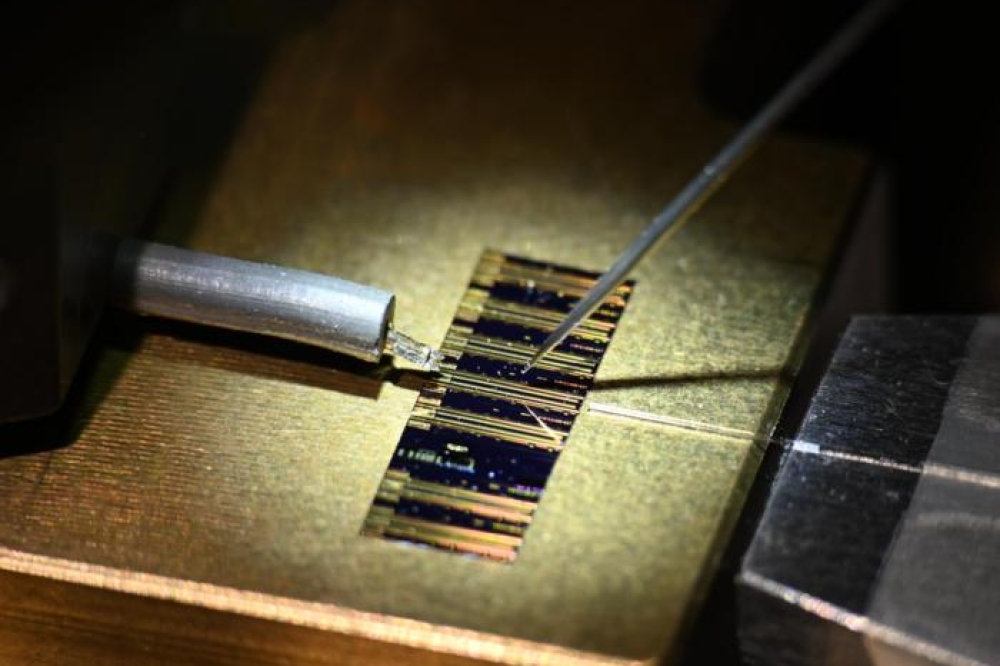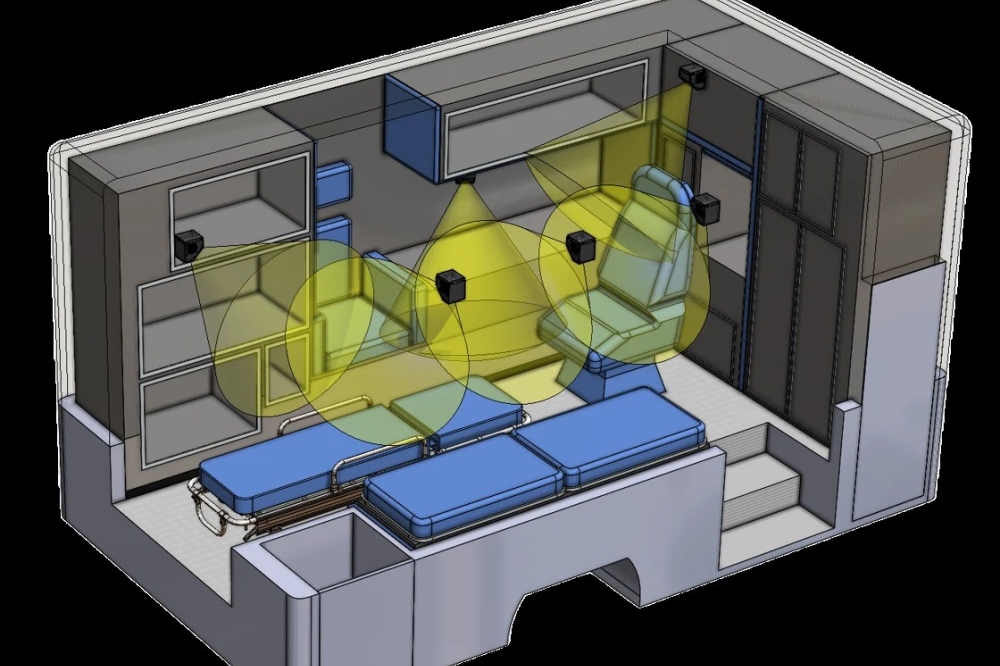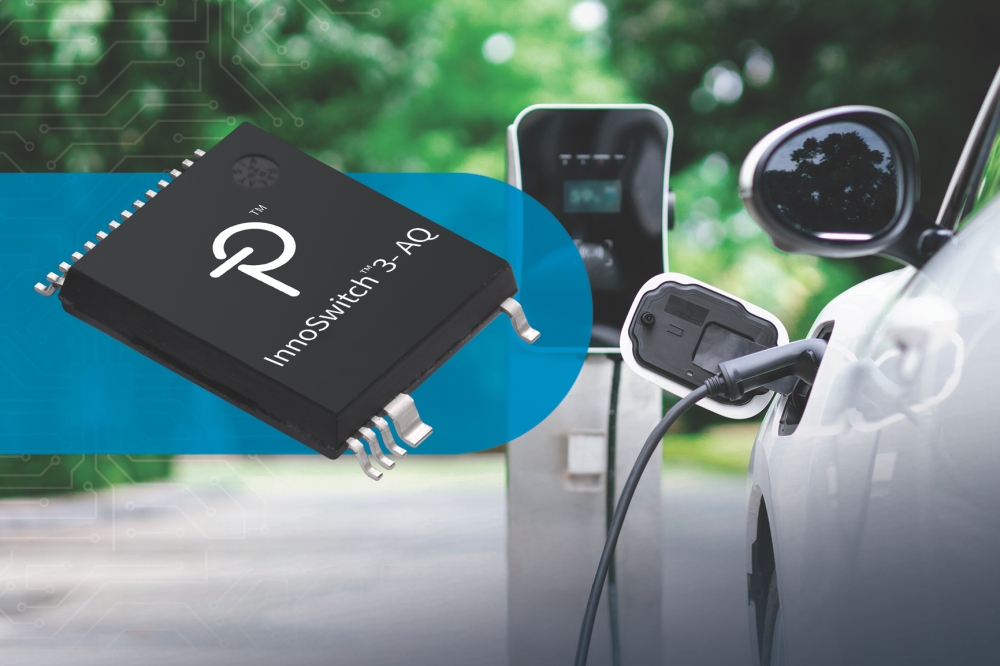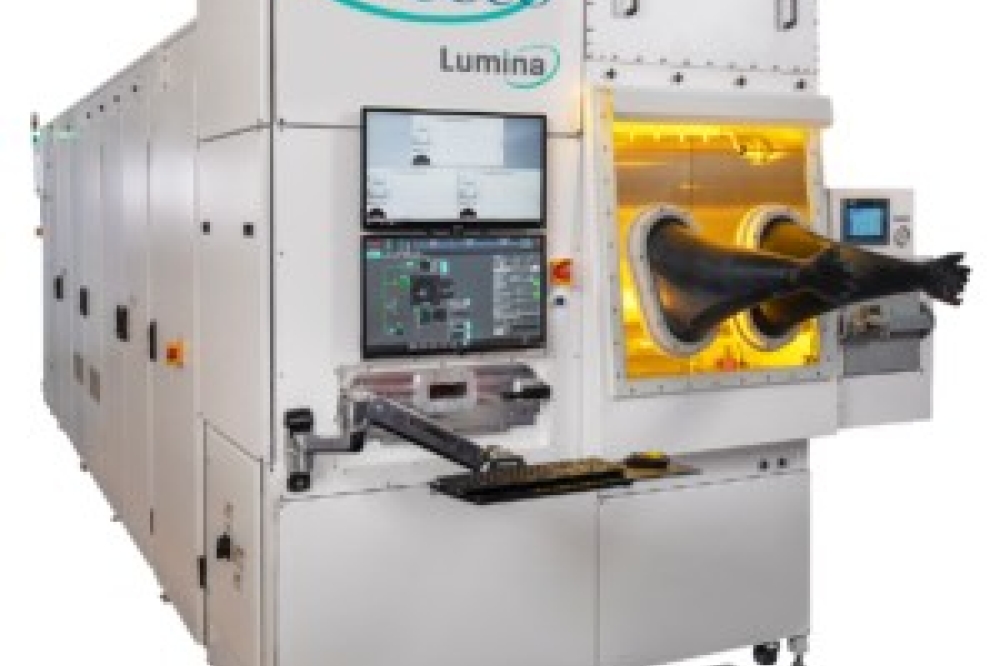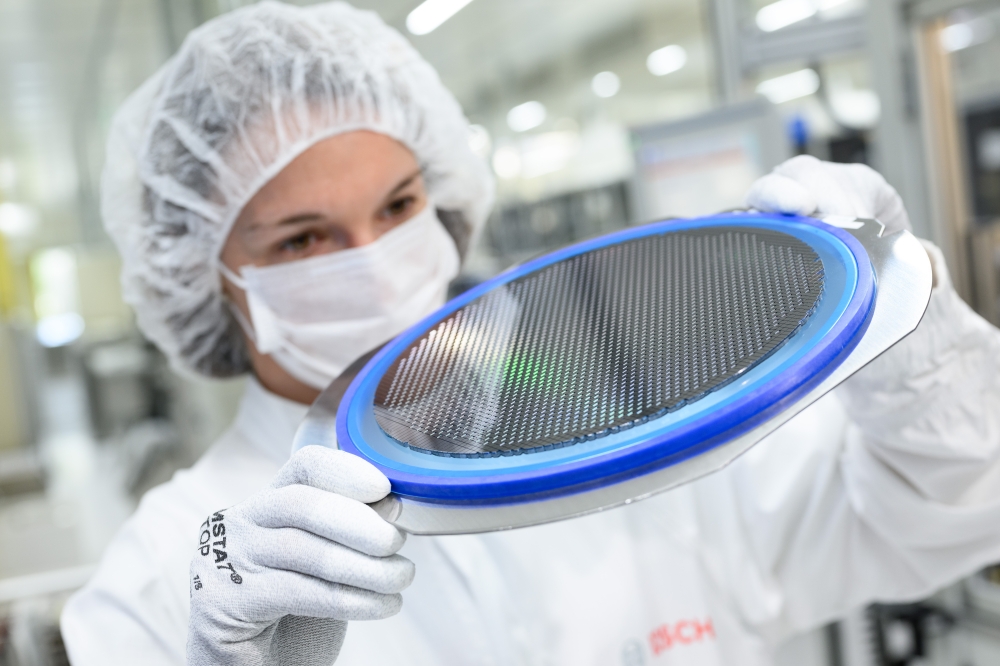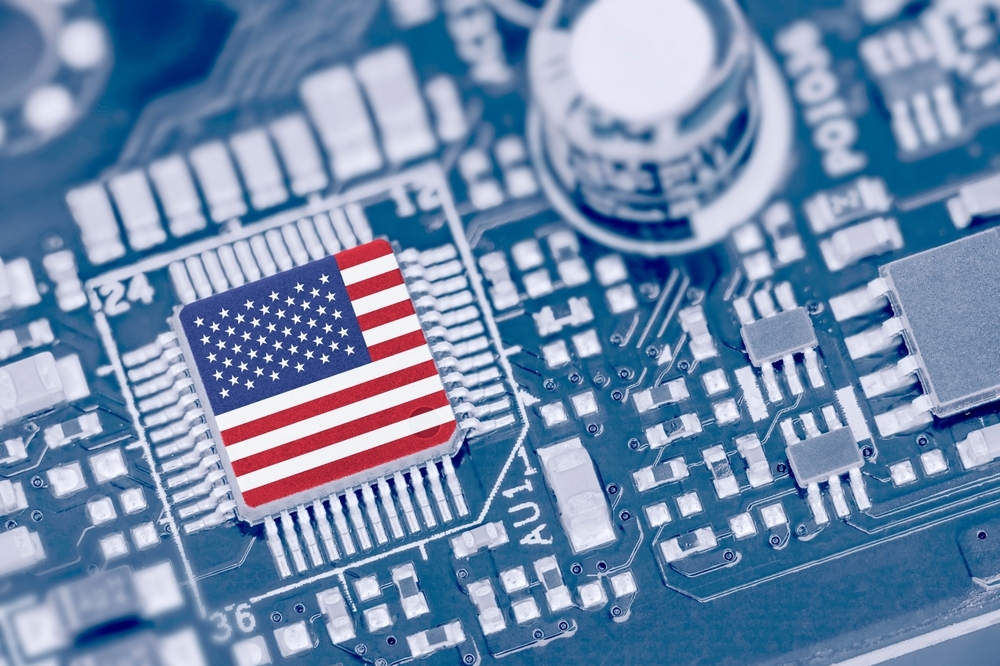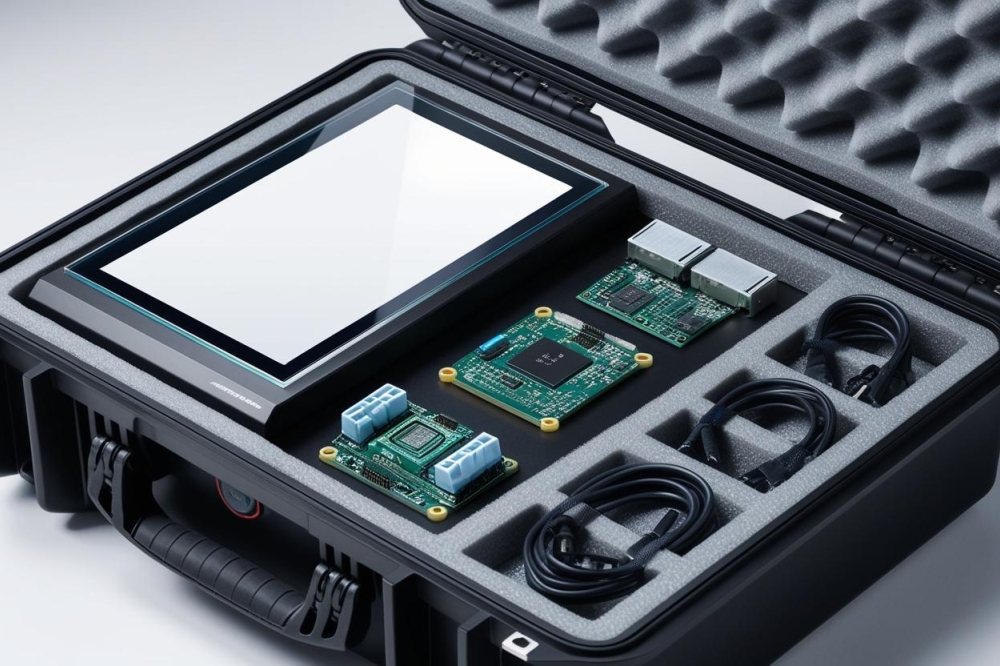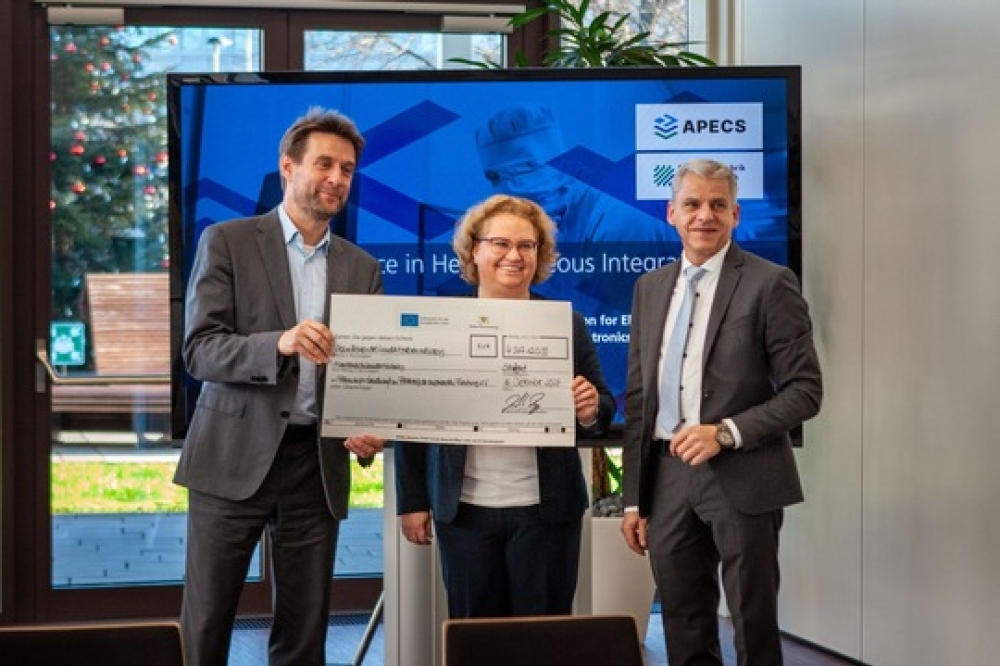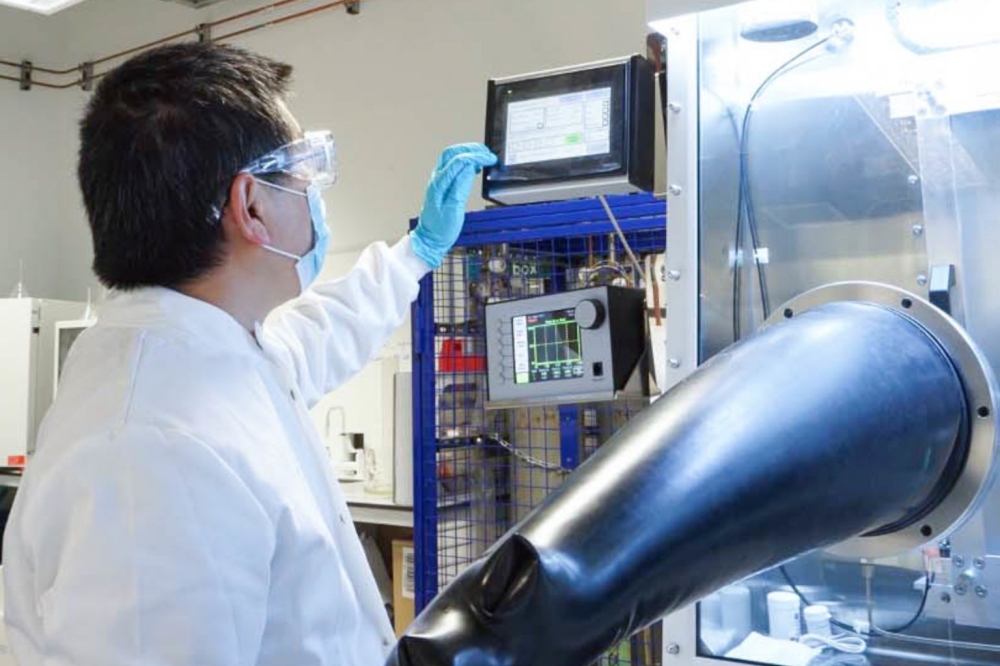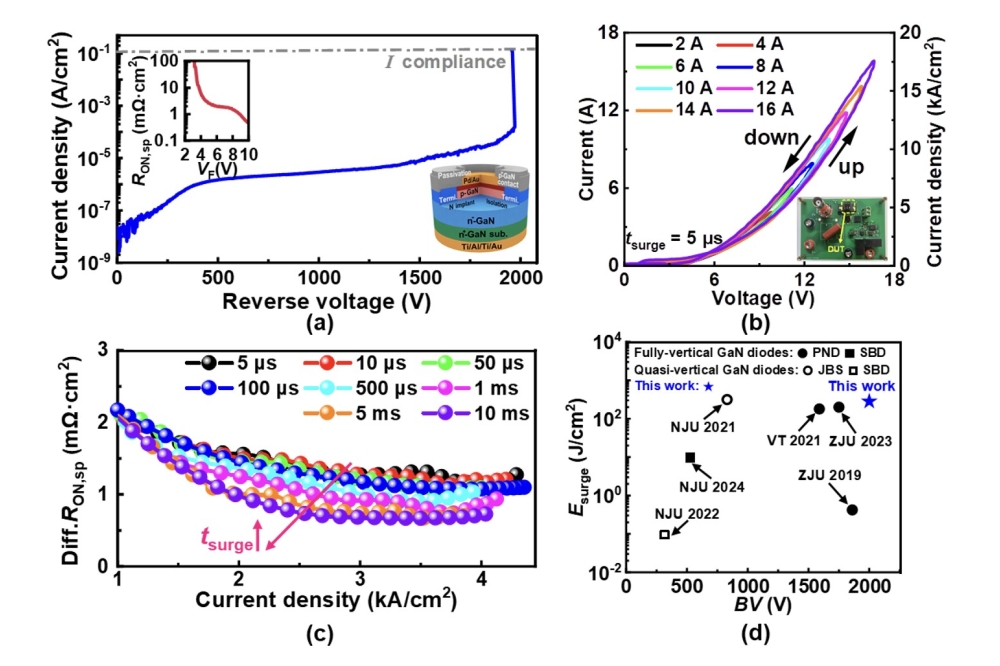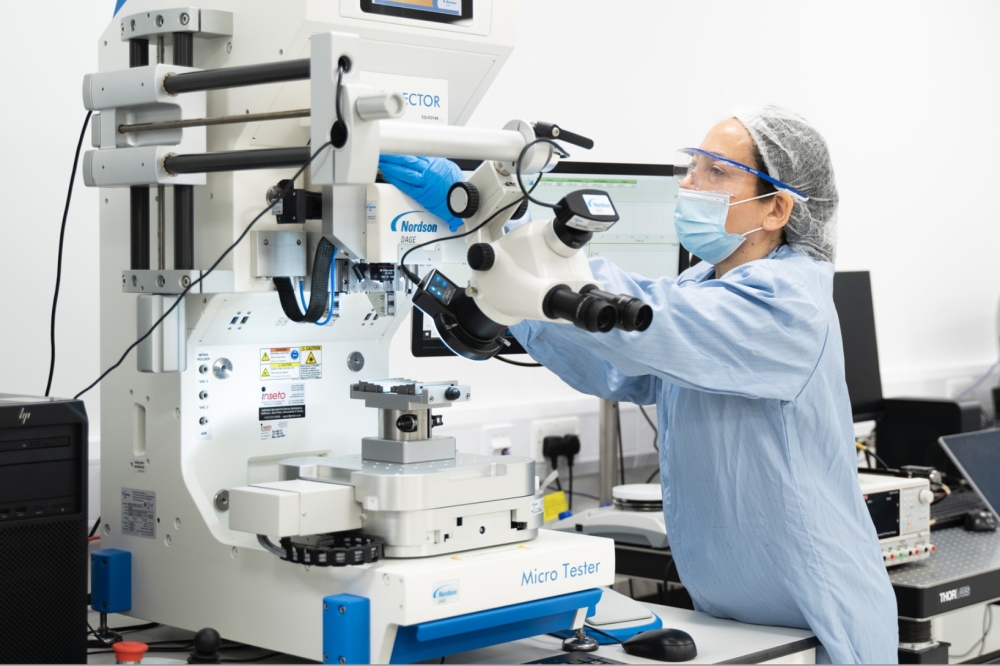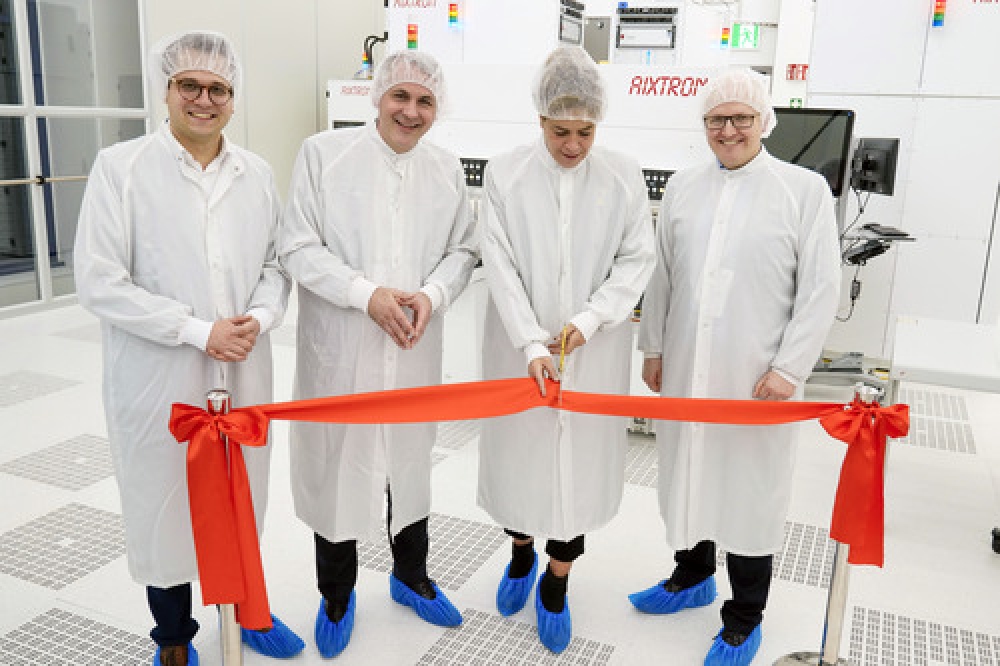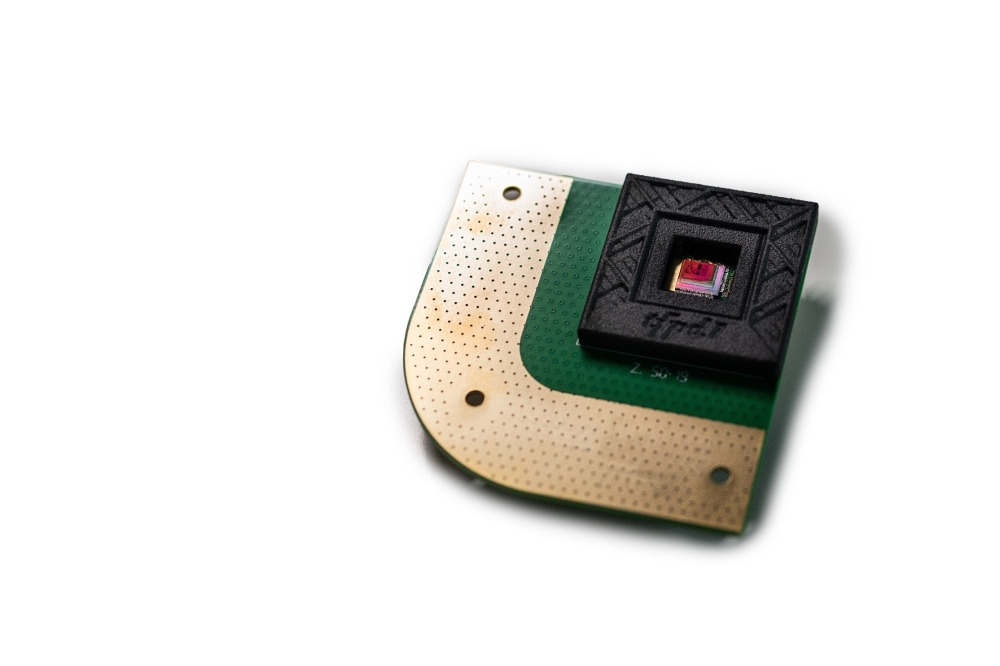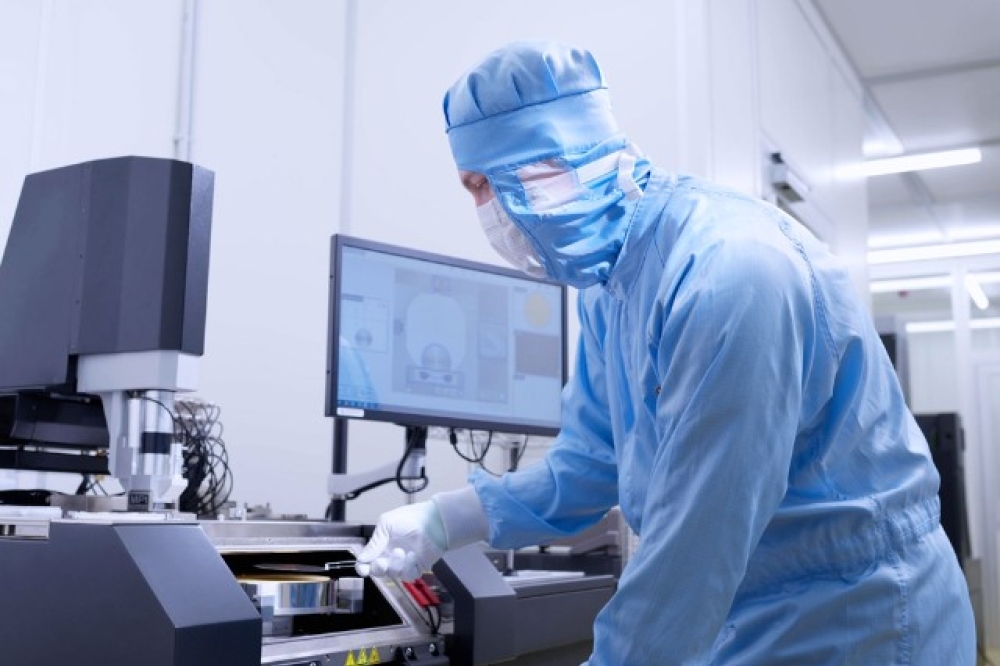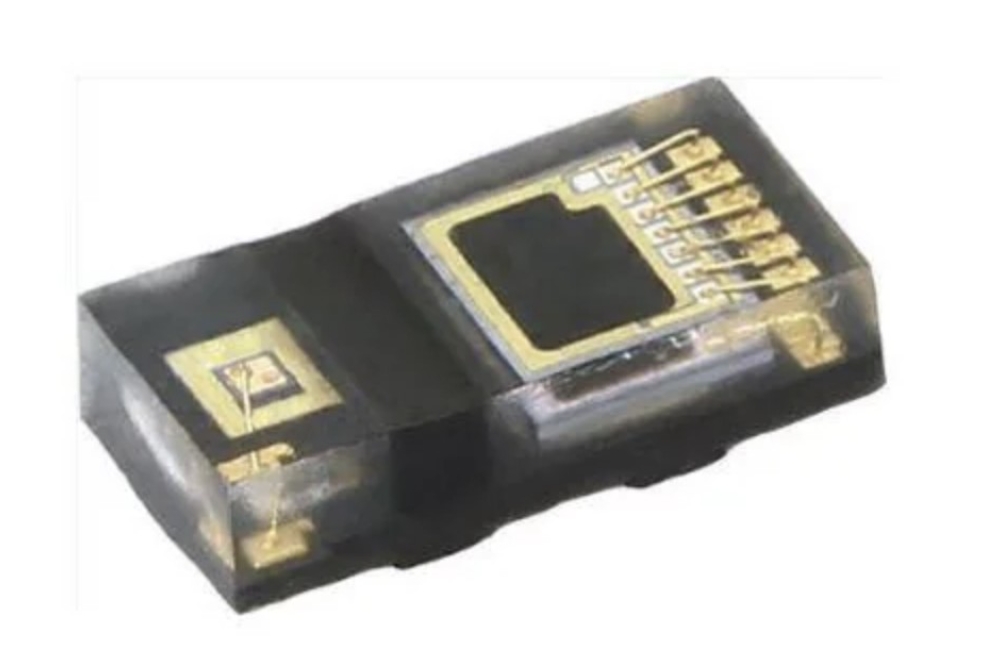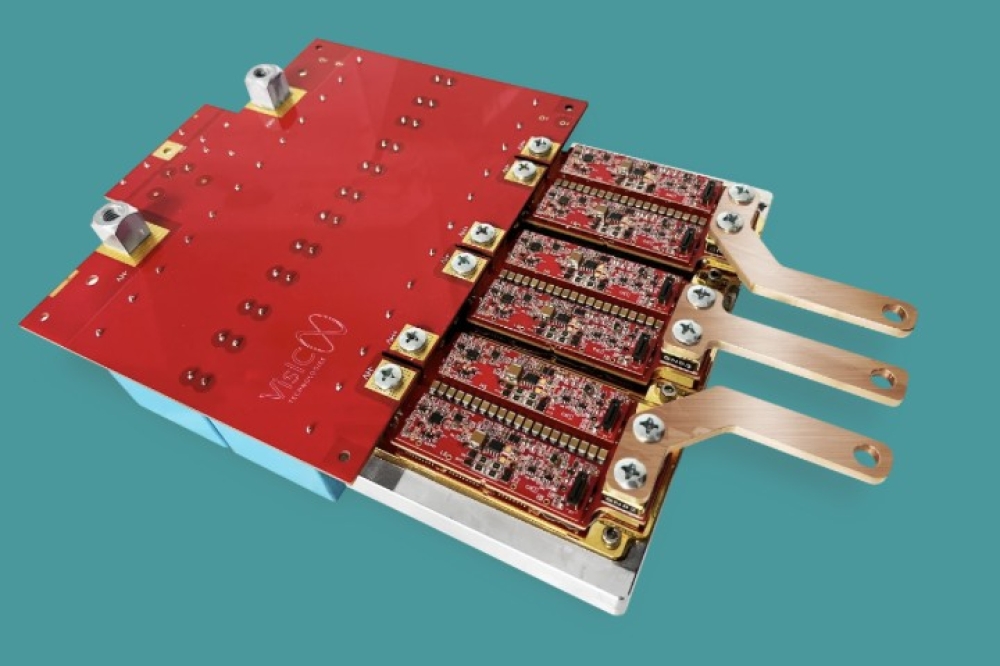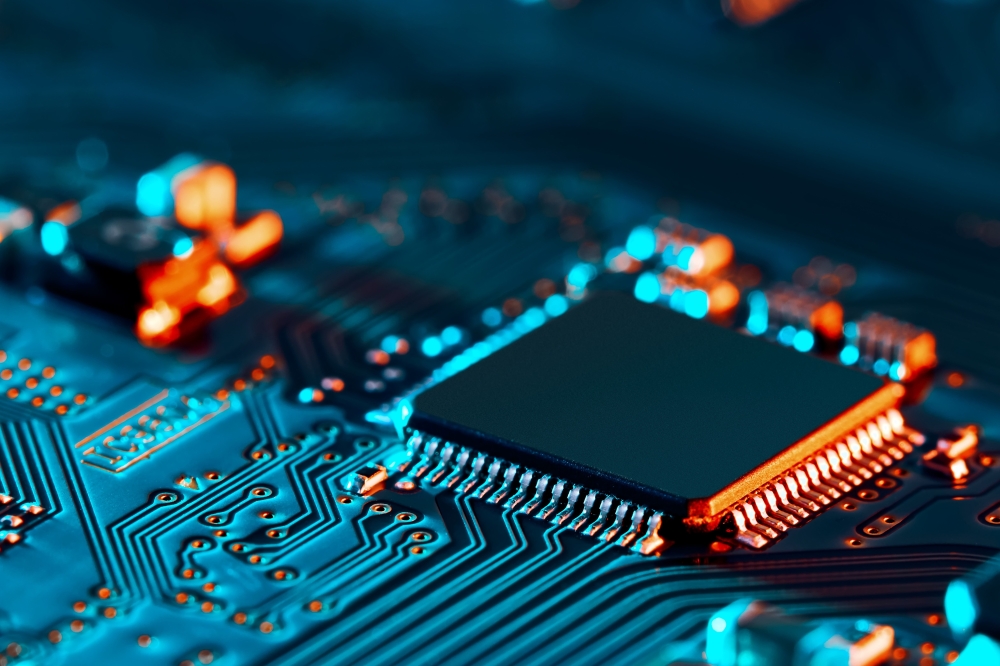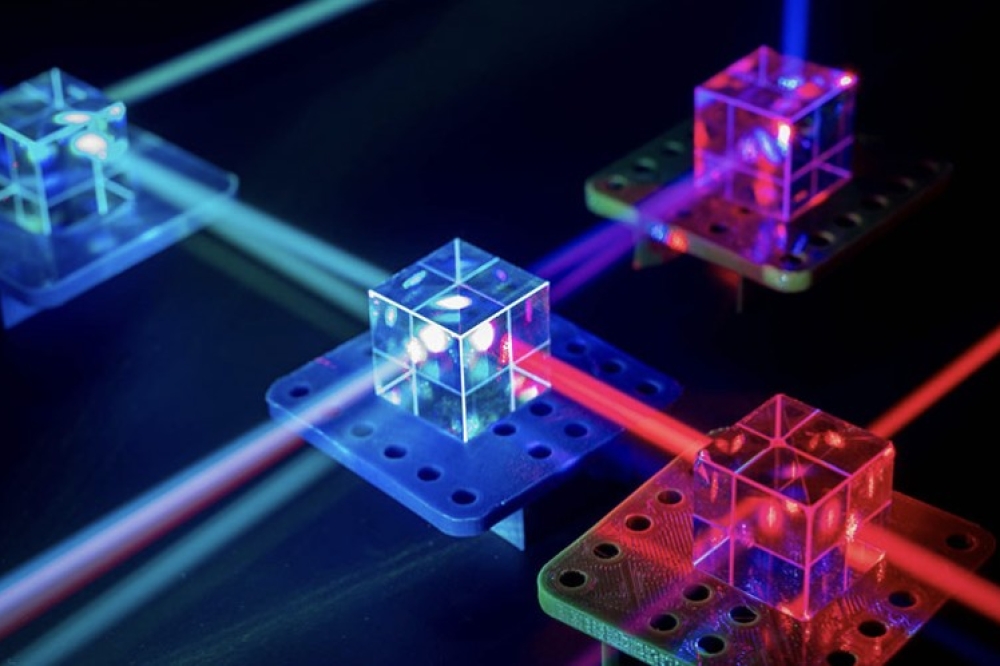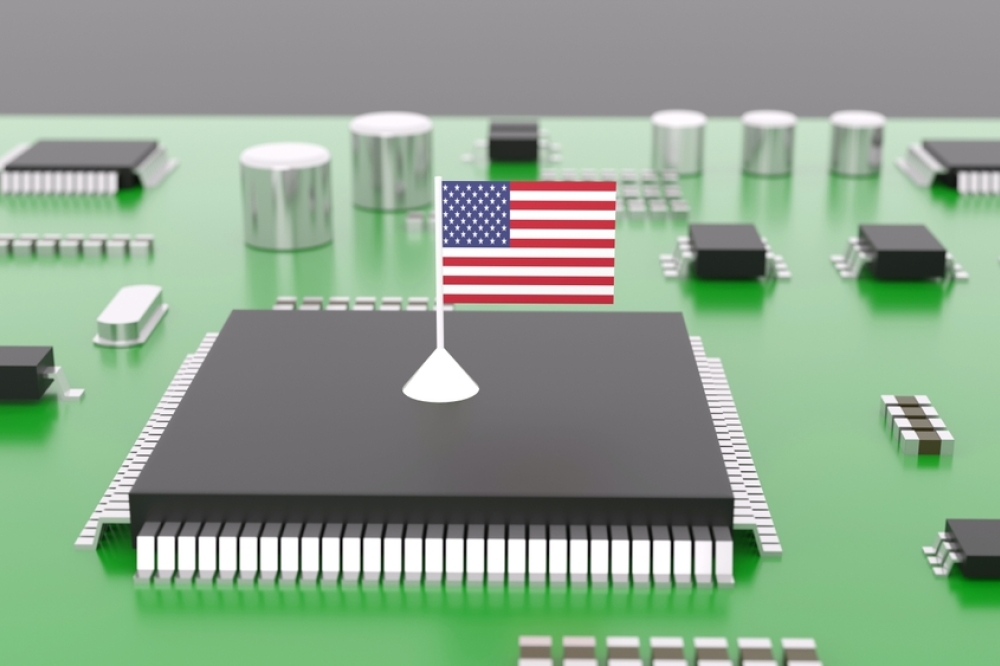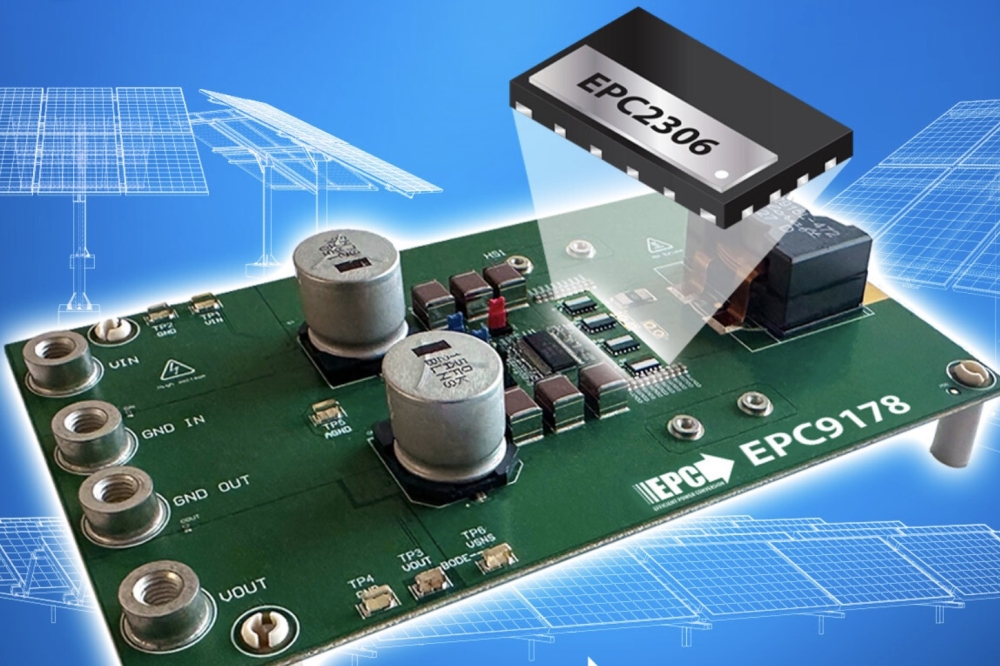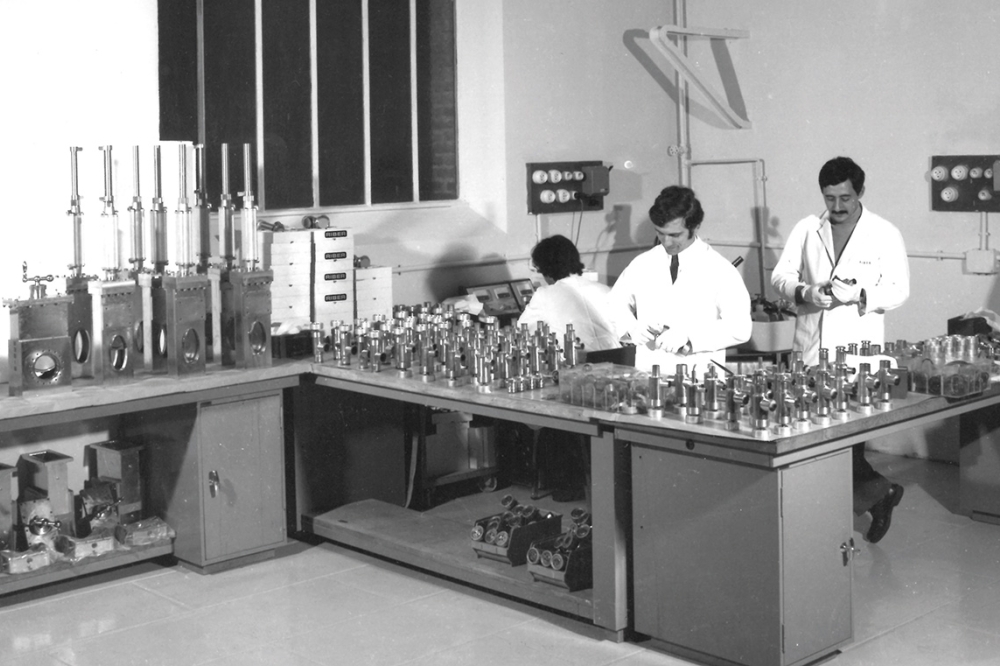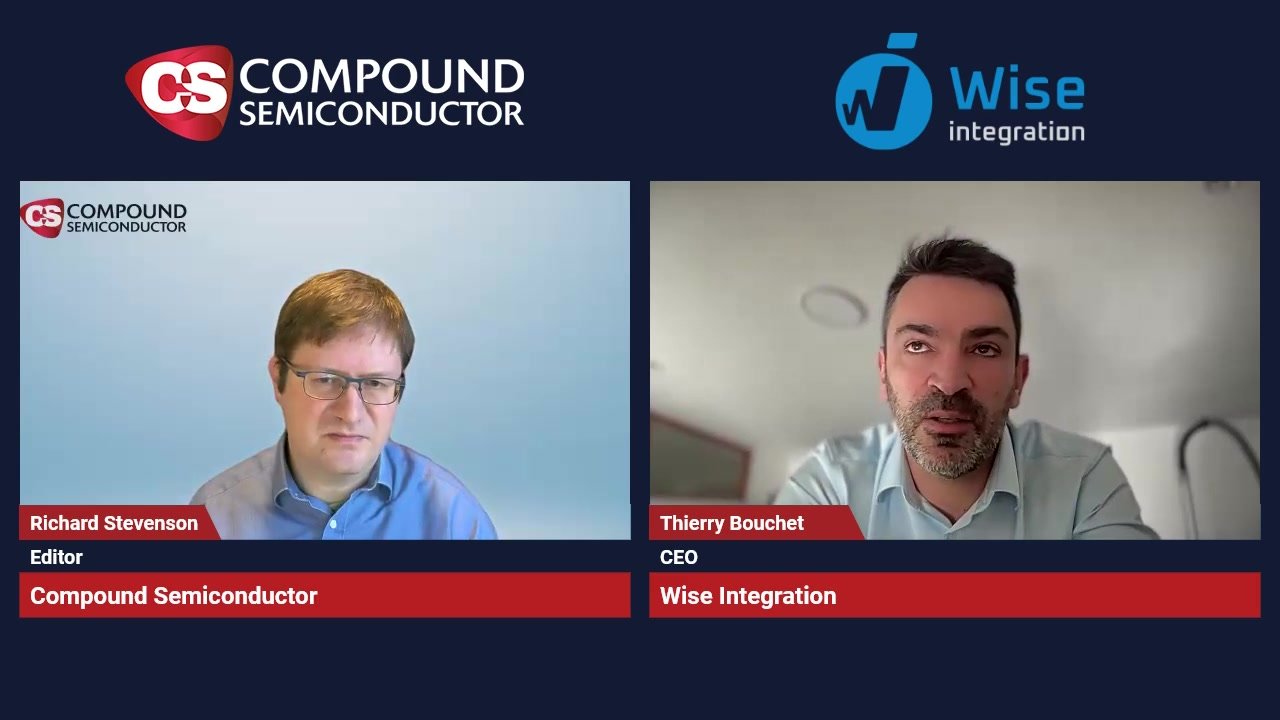GaAs nanowires recover from cracks
Researchers from The University of Sydney and The Australian National University have discovered a repeatable self-healing process in which a partially fractured GaAs nanowire (NW) restored its original single crystal structure immediately after a compressive force is removed.
Since III-V semiconductors are susceptible to microcracks and fracture when subjected to repeated thermal or mechanical loading, self-healing of NWs could increase the reliability and extend the lifetime of NW-based semiconductors devices.
The researchers studied the self-healing process of GaAs NWs using the in-situ transmission electron microscopy (TEM) nano-compression technique.
Yanbo Wang of The University of Sydney did a series of in-situ experiments and found that fractured GaAs NWs experienced a self-healing process within 16 seconds after an external compressive load was removed (Fig. 1). The time needed for self-healing was a function of the crack size (Fig. 2), and the self-healed site resumed its original single crystal structure and was strong enough to sustain some tensile force.

Figure 1. (a) – (i) A series of in-situ TEM micrographs showing the fracture and self-healing processes of a GaAs NW when a compression force was applied and retracted repeatedly. The moving direction of a flat punch, the distance between the punch and the substrate and the breaking sites are marked by an arrow, a double arrow, and an arrowhead, respectively.

Figure 2. The second series of in-situ TEM micrographs showing that the time needed for self-healing to complete increases with increase in the crack size. The inset in f is a nano-beam electron diffraction pattern taken from an area that includes the self-healing site.
Wang and Xiaozhou Liao from The University of Sydney and the group led by Chennupati Jagadish in The Australian National University are now working together to understand the mechanism of the self-healing process. Details of this research has been published in the paper “Self-Healing of Fractured GaAs Nanowires”, by Yanbo Wang, Hannah J. Joyce, Qiang Gao, Xiaozhou Liao, H. Hoe Tan, Jin Zou, Simon P. Ringer, Zhiwei Shan, and Chennupati Jagadish, in Nano Letters, DOI: 10.1021/nl104330h.

